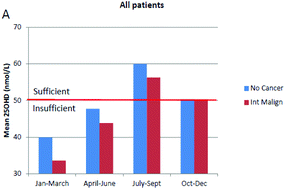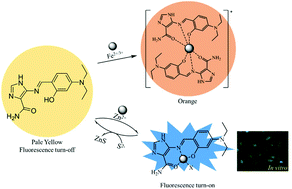Abstract
Objectives
Innovative approaches capable to improve peri‐implant bone repair are relevant in the presence of smoking, a risk factor for healing around implants. This study investigated the effect of resveratrol (RESV) on peri‐implant repair and its influence on bone‐related markers in rats submitted to cigarette smoking inhalation (CSI).
Materials and Methods
One titanium implant was inserted in each tibiae of rats assigned to: CSI+RESV(n:18); CSI+ placebo(n:18); Non‐CSI(n:18). One implant was removed for counter‐torque and the peri‐implant tissue was collected for mRNA quantification of BMP‐2, OPN, Runx2, Lrp‐5, Osx, β‐catenin, Dkk1, OPG, and RANKL. The other tibia was submitted to MicroCT to measure: bone volume, bone porosity, trabecular spacing, trabecular thickness and bone‐implant contact (BIC).
Results
No differences were detected between counter‐torque in CSI+RESV and Non‐CSI group (p>0.05), whereas CSI+placebo group presented lower values when compared to the others (p<0.05). RESV improved the BIC in CSI rats without differences when compared to non‐CSI group (p>0.05), whereas CSI+placebo showed reduced BIC when compared to the other groups (p<0.05). RESV reduced RANKL/OPG and Lrp‐5 levels and increased β‐catenin in CSI rats when compared to CSI+placebo (p<0.05).
Conclusion
Although further investigations should be considered using oral models of dental implants, within the limits of the present study, it was concluded that RESV reverses the negative effects of smoking in the peri‐implant repair, benefiting the modulation of bone‐related markers.
This article is protected by copyright. All rights reserved.
from #Head and Neck by Sfakianakis via simeraentaxei on Inoreader https://ift.tt/2D62JmS
















